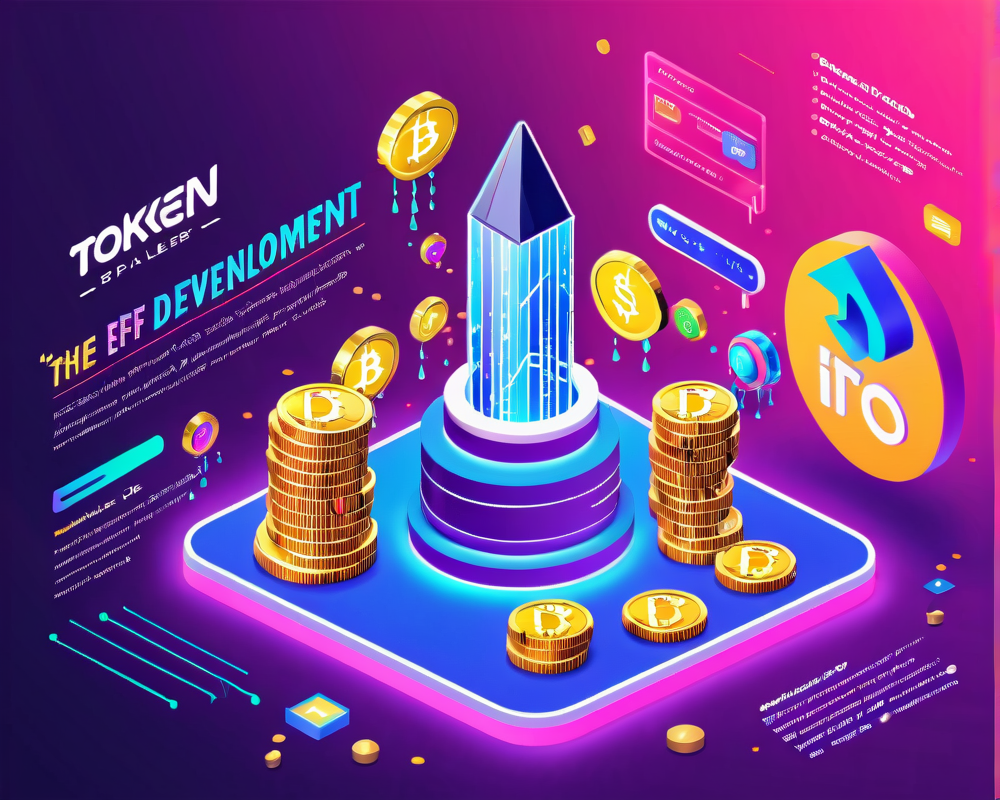The Foundation of DeFi: Understanding the Ecosystem
At the heart of any decentralized application (DApp) ecosystem lies a complex technology stack. In the world of Ethereum (ETH), this stack comprises Nakamoto consensus, the Ethereum Virtual Machine (EVM), and the Solidity programming language. Together, these components have been instrumental in bringing the concept of decentralized finance (DeFi) from mere ideas to actual functioning systems. It’s like a sandwich: you need the bread, the fillings, and of course, that secret sauce to make it all come together.
Scale or Fail: The Growing Need for Scalability
As DeFi aims for mainstream adoption, scalability is the hot topic on everyone’s lips. Without it, even the most innovative DApps can struggle to gain traction. But don’t forget the not-so-glamorous behind-the-scenes element: the approach to smart contract development. The tools and languages available to developers can make or break their experience. Picture a chef who can only use a butter knife when everyone else has a full set of knives – that’s what Ethereum’s situation often feels like.
Solidity’s Achilles Heel: The Programming Challenges
Although Solidity and the EVM set the stage for DeFi, they’ve also laid the groundwork for a spree of DeFi hacks and exploits that make you scratch your head. Why? Because the developers didn’t foresee the complexities of programmable money when Ethereum was first designed. Tokens that should be easy to manage have become complex beasts. Did someone say “nightmare”?
Token Fundamentals: A Supporting Role Gone Wrong
Tokens are the lifeblood of DeFi, yet their management within the Ethereum platform is clunky at best. Essentially, only ETH is native to the platform. Other tokens – think ERC-20, 721, and the favorites of meme-loving crypto fans – are merely variables in smart contracts. It’s akin to juggling apples while simultaneously trying to bake a pie – confusing and messy.
The Inefficiency of Tokens on Ethereum
With Ethereum, every token exists as a balance tied to its respective contract and not as a cash note in your wallet. That’s why swapping USDT for SHIB on exchanges can feel like playing a game of chess where both players are convinced the rules don’t matter. Every token swap necessitates a message to debit your account on one contract, while crediting it on another. It’s as complicated as folding a fitted sheet – and just as frustrating.
Imagining a Better Future: Tokens at the Core of Development
For DeFi development to flourish, we need to bring tokens to the forefront. Modern programming languages must simplify the development process and make tokens the star of the show, not just an afterthought. Enter Radix and its revolutionary approach: asset-oriented programming that practically kisses those hassles goodbye.
Scrypto: Revolutionizing Token Management
Radix’s Scrypto language does away with the tedious need for defining tokens within smart contracts. Instead, each token exists in its own realm, governed by robust platform-driven rules. Imagine if all you had to do was hand someone a token, and the platform ensured it was safe – no risk of losing it in the process. It’s like handing over a physical coin while the universe guarantees it won’t end up in a black hole.
The Road Ahead: Will Developers Make the Leap?
Whether developers migrate to more efficient paradigms or shy away depends largely on perceived value. Learning a new language or framework requires effort, and with Ethereum already populated by millions of users, it’s a risky venture. But if these new layer-one solutions can execute smartly—and avoid the pitfalls that plague their predecessors—we could witness a renaissance of DeFi. One day, we might even look back and laugh at how we struggled with that pesky Solidity.




